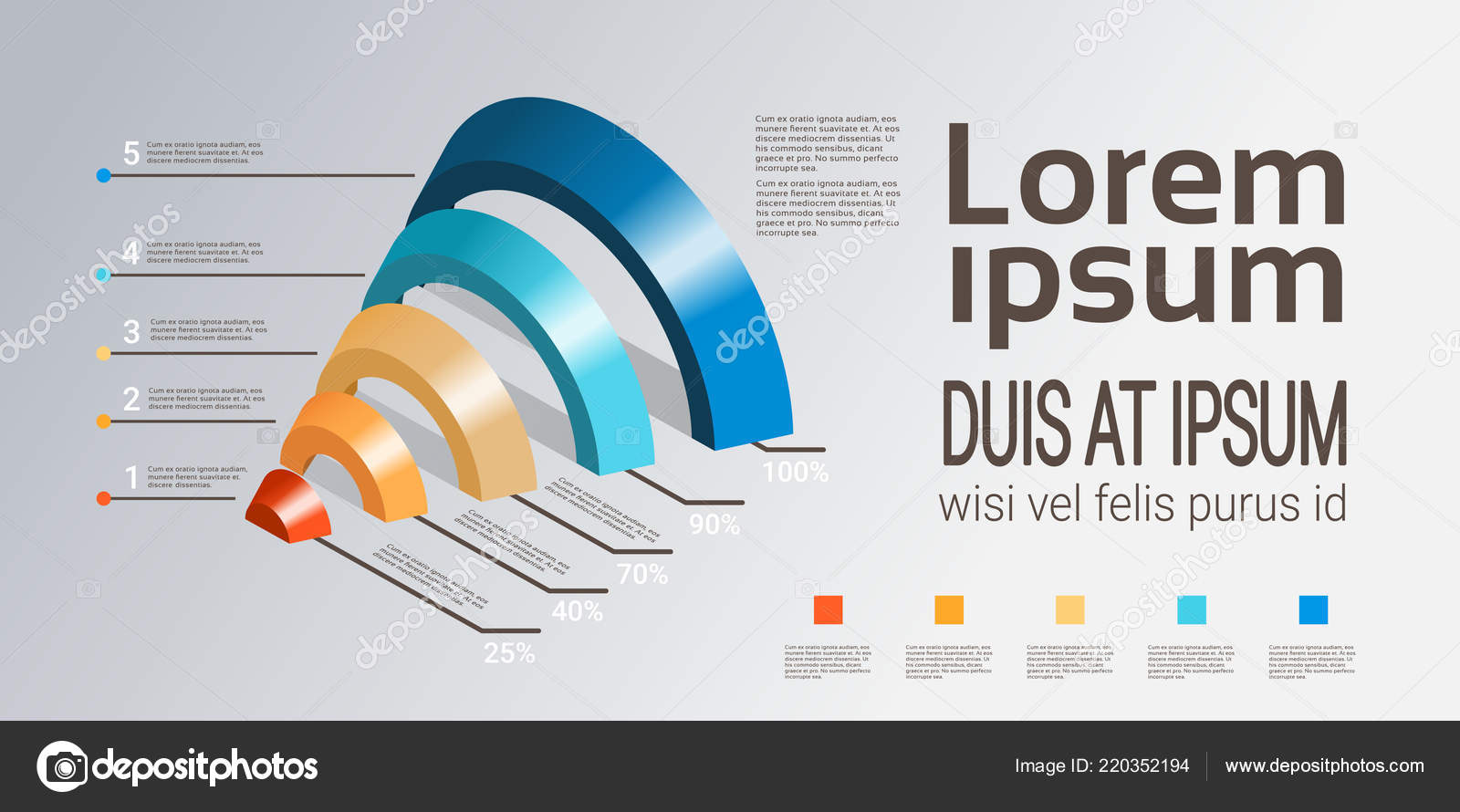The Growth Of Web Design: Then And Currently
The Growth Of Web Design: Then And Currently
Blog Article
Writer-Bradshaw Clarke
In the past, web sites were easy and focused on information. Navigating was direct, and layout was for desktop computers. Currently, individual experience is vital. Data guides layouts for very easy navigation. Responsive formats fit different devices. Today, dark mode reduces stress, and minimal menus enhance navigating. Interactive features engage individuals, and strong visuals stand apart. AI integration increases involvement. See exactly how design has actually evolved to improve your online trip.
Very Early Days of Website Design
In the early days of website design, simplicity reigned supreme. Internet sites were standard, with restricted colors, typefaces, and formats. The focus got on giving info instead of fancy visuals. Users accessed the web via slow dial-up connections, so speed and performance were crucial.
Navigating food selections were straightforward, typically located at the top or side of the web page. Sites were made for desktop computers, as mobile browsing had not been yet prevalent. Web content was king, and designers focused on very easy readability over complex layout components.
HTML was the primary coding language used, and designers had to function within its restrictions. Animations and interactive functions were very little compared to today's standards. Internet sites were fixed, with little vibrant material or personalized customer experiences.
Rise of User-Focused Layout
With the advancement of web site design, a change in the direction of user-focused layout principles has actually come to be increasingly famous. Today, producing internet sites that focus on customer experience is vital for involving site visitors and attaining company objectives. User-focused design involves understanding the demands, preferences, and behaviors of your target market to customize the website's format, content, and features accordingly.
Developers now perform extensive research, such as user surveys and use testing, to collect insights and responses straight from individuals. https://techacute.com/why-your-business-needs-digital-marketing/ -driven approach assists in creating user-friendly navigation, clear calls-to-action, and visually attractive interfaces that reverberate with visitors. By positioning the customer at the center of the style process, websites can deliver a much more tailored and satisfying experience.
Receptive layout has actually likewise become a vital aspect of user-focused layout, making certain that internet sites are optimized for different tools and screen sizes. This versatility improves accessibility and usability, dealing with the varied methods users interact with sites today. Essentially, the increase of user-focused design represents a change towards creating digital experiences that prioritize the demands and assumptions of completion individual.
Modern Trends in Website Design
Check out the latest trends forming website design today. One noticeable fad is dark setting layout, offering a smooth and modern appearance while decreasing eye stress in low-light environments. One more vital trend is minimalist navigating, simplifying food selections and boosting customer experience by concentrating on essential elements. Incorporating micro-interactions, such as computer animated switches or scrolling effects, can develop a much more engaging and interactive website. Receptive style continues to be important, guaranteeing seamless user experiences throughout numerous tools. Additionally, utilizing vibrant typography and unbalanced formats can include aesthetic interest and accentuate details material.
Integrating AI innovation, like chatbots for client assistance or personalized referrals, boosts user engagement and simplifies procedures. Accessibility has likewise come to be a substantial trend, with developers prioritizing inclusive layout techniques to deal with diverse user needs. Embracing sustainability by optimizing website performance for speed and efficiency is an additional emerging pattern in web design. Working together with user feedback and information analytics to iterate and enhance design continuously is necessary for staying pertinent in the ever-evolving electronic landscape. By accepting these modern trends, you can produce a visually appealing, straightforward internet site that resonates with your target market.
Conclusion
As you reflect on the evolution of website design from the early days to now, you can see just how user-focused design has actually come to be the driving pressure behind contemporary fads.
Welcome the journey of adjustment and adjustment in web design, constantly keeping the user experience at the forefront.
Tippingpointdigital
Keep present with the most up to date trends and technologies, and never ever stop progressing your strategy to produce visually sensational and user-friendly web sites.
Advance, adjust, and develop - the future of website design is in your hands.
